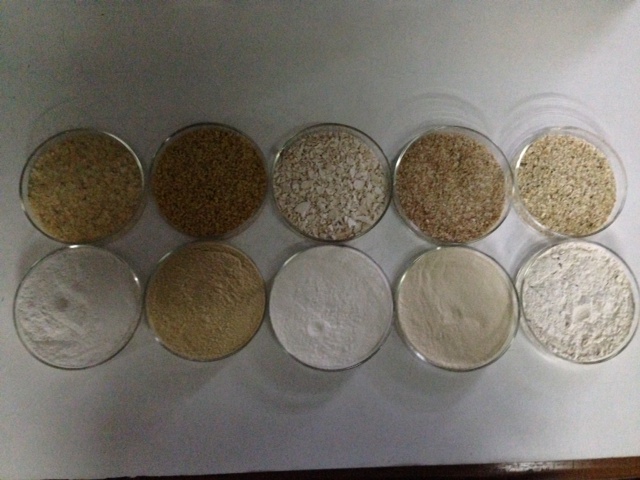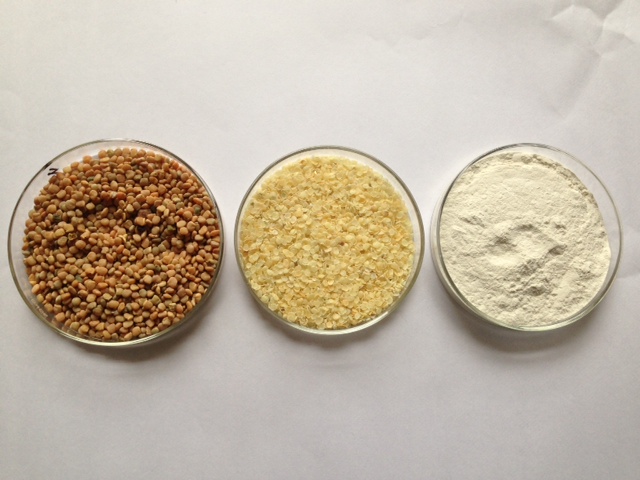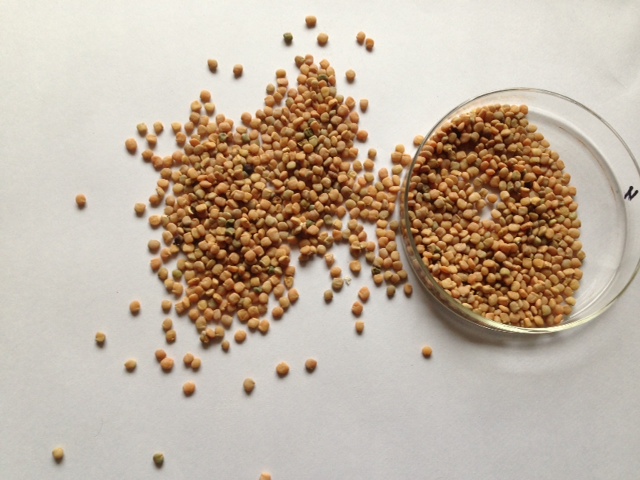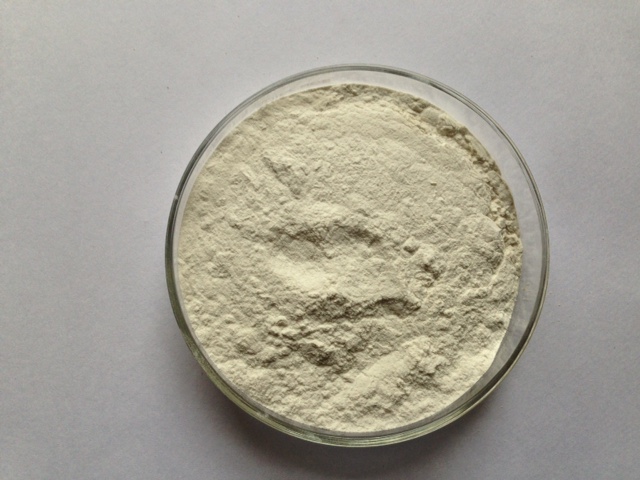Guar Gum and its Multiple Properties
Guar gum powder is extracted from the endosperm of guar plant seeds and the granules are found to posses many properties that make it applicable in many industries. Guar gum acts as a viscous agent, thickener, emulsifier, binding agent, etc.

Application of Guar Extract in Various Industries
Food industry leads the role in application of guar gum powder. Starting from bakery products to dairy products there are many more food preparations where gomme de guar remains a prominent supporting ingredient. Apart from that it is also applied in pharmaceutical industry as a binder and disintegrating agent.
Other Applications-Cat Litter Making
Cat Litter is a special product used at domestic surrounding to let the pet cats excrete inside the litter so that the home atmosphere remains clean. In most of the homes where cat remains a pet animal people prefer to keep litters to avoid cats excrete openly inside the home. Cat litters are specially made from selective ingredients which prevent the odor from filling the room.
Conventional Making of Cat Litter
Cat litters are made from clay and baking soda. These are used to avoid scattering of cat rubbish. When rubbish get scattered it leads to stinking condition and it might easily infect children and sick people as well. Modern methods of cat litter making make use of special ingredients as an alternative to usual baking soda and clay so that cleaning the litter also remains easier.

Guar as a Powerful Ingredient for Cat Litter
Guar gum is applied as a clumping agent in the making of cat litter. The reason behind the application of guar gum is that it improves the function of sodium bentonite which is applied to keep the rubbish from spilling out. Guar gum granule binds with sodium bentonite and sustains the things inside the little and reducing the chance for falling apart from the litter circumference. Guar gum is used as a binding agent with other mineral resource as it captures the waste and creates bio-degrading mass for cat urine and motion.
What Makes Gum Powder of Guar Seeds suitable for Litter Production?
When the excreted materials contact with guar gum powder, guar gum binds with the excreted materials and facilitates for easy cleaning of urine and other rubbish from the litter box. Therefore, for easy cleaning and restricting bacterial growth guar gum remains one of the powerful ingredients.
Altrafine-A Pioneer in Higher Grade Gum Powder
Altrafine processes and supply guar gum powder in different grades for variety of industrial applications. Textile printing, mosquito mats, paper industry, water treatment plant, ceramics, etc are some of the prominent industries where guar powder is considered an important and production friendly ingredient. Our guar gum powder is superior in quality and we supply to different industries worldwide so interested industries buy guar gum powder or inquiry at https://www.altrafine.com/inquiry/.
Conclusion
Guar gum powder is applied in cat litter making for the excellent binding property it has. It is found to be very effective in reducing the bacterial growth and stays very helpful while the waste is removed from the little.
This Article has been written & posted by Ajit Patel.

CEO, Altrafine Gums
With over Four decades of expertise in the natural gums and hydrocolloids industry, Ajit Patel leads Altrafine Gums, a globally recognized manufacturer and exporter of Guar Gum Powder, Cassia Tora Powder (Cassia Gum Powder) and other Hydrocolloids. Under his visionary leadership, the company has built a strong reputation for quality, innovation, and reliability across the food, feed, pet feed, pharmaceutical, mining, oil drilling and cosmetic sectors.
Altrafine Gums has been serving global industries for decades with a focus on sustainable sourcing, research-driven production, and stringent quality control. Its wide product portfolio includes Guar Gum Powder, Cassia Tora Powder (Cassia Gum Powder) and other plant-based hydrocolloids that serve as key functional ingredients in diverse applications.
Ajit Patel’s commitment to excellence ensures that every product from Altrafine meets international standards of performance and purity. He is passionate about advancing the global reach of Indian hydrocolloids, fostering customer trust, and promoting eco-friendly, science-backed solutions that enhance product formulation and performance worldwide.











